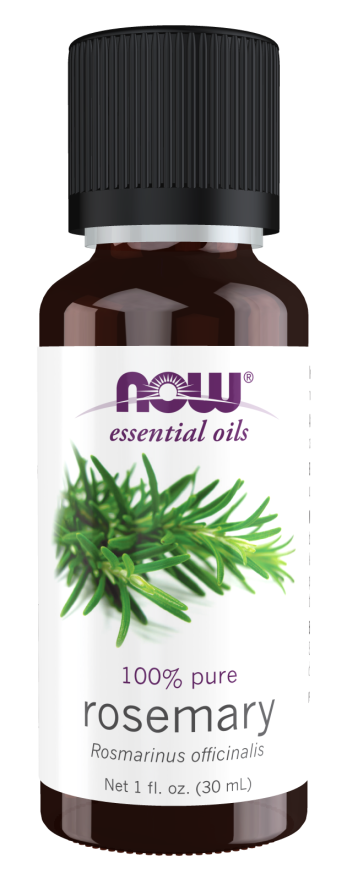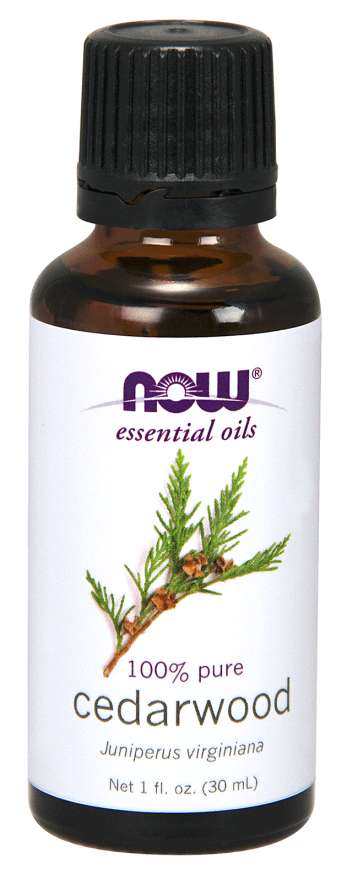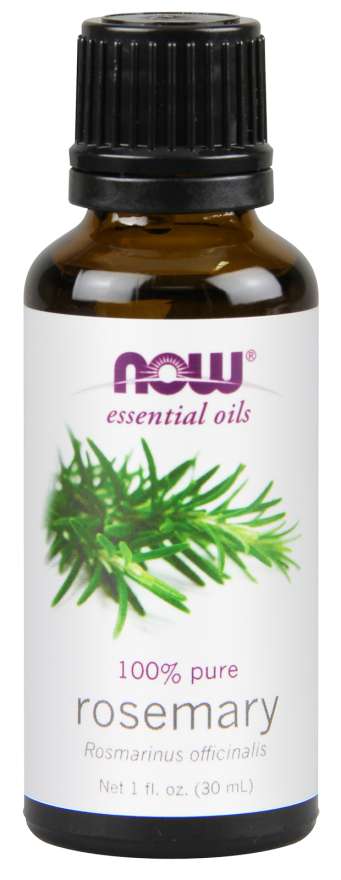Rosemary oil is known to promote scalp health and is often used for hair loss. Rosemary oil is said to help to revitalize hair follicles and encourage hair growth, and has even been shown in a small research study to be effective in blocking DHT (the hormone associated with hair loss and pattern baldness).
Hair loss can be a tricky thing, and can have a variety of causes- I certainly don't want to promote rosemary oil as a miracle cure, but it's inexpensive and smells nice, so it doesn't hurt to try. Rosemary may also help with reducing dandruff and itchy scalp.
Rosemary oil (and all essential oils) must be diluted before using topically. Essential oils are very potent oils from plants and when used directly on the skin they may cause irritation. Essential oils should be mixed with a carrier oil or other diluting agent like shampoo or lotion before using on the skin. Also, some people are more sensitive to essential oils than others so I would recommend starting with a small amount to see how your skin reacts.
To use rosemary oil on the scalp, you can use it diluted with shampoo when washing your hair, using roughly 5 drops in the palm of hand combined with shampoo, and then massaged into the scalp.
For a rosemary oil treatment, it can be mixed with a carrier oil like coconut oil and applied to the scalp 30 minutes before shampooing (coconut oil is great for the hair and scalp).
Just remember, use a smaller amount to begin with to make sure your skin doesn't have any problems or reactions. Let us know how it works for you!
Stop by and see us at 7228 W. College Drive in Palos Heights, we have a great selection of 100% pure essential oils for reasonable prices, and have a kind, knowledgeable staff.










